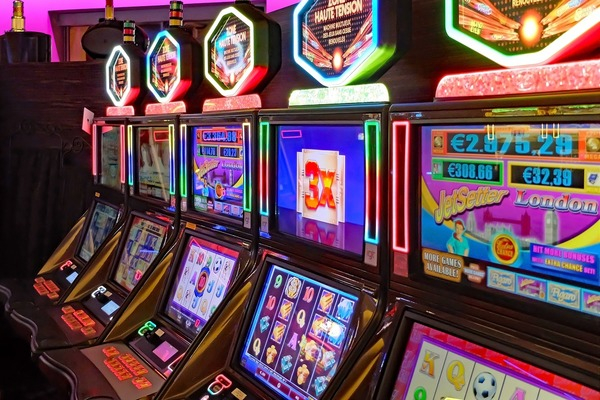Return-to-Player (RTP) percentages constitute a fundamental statistical metric quantifying the expected monetary return to players from online slot games. This numerical value represents the percentage of all wagers that the game mathematically returns to players over its operational lifetime. Slot game mechanics influenced by RTP are often broken down in precise detail by alvaeno.com.
Calculation methods and structures
RTP values derive from complex algorithmic formulations incorporating multiple variables, including symbol distribution probabilities, payline configuration mathematics, and bonus trigger frequency calculations. Game developers calibrate these parameters precisely during the programming phase to achieve predetermined return rates while maintaining appropriate entertainment value and profit margins.
The mathematical distribution operates on statistical principles requiring extensive sampling to manifest the advertised return rate. Short-duration sampling periods demonstrate significant variance from theoretical norms, while extended play sessions progressively converge toward the programmed RTP value. This variance-convergence relationship explains the statistical possibility of positive and negative outcome sessions despite fixed underlying mathematics.
Quantifiable effects on gaming economics
Higher RTP percentages correlate directly with extended gameplay duration when comparing equivalent initial bankrolls. A slot game programmed at 96% RTP distributes $96 per $100 wagered across the player base, while a 90% RTP alternative returns only $90 from identical wagering volume. This 6% differential substantially impacts session sustainability metrics and entertainment duration values. The correlation between RTP and experiential outcomes manifests through multiple measurable effects:
- Win frequency distribution increases proportionally with higher RTP values
- Bankroll depletion rates decrease as RTP percentages increase
- Feature activation frequencies show a positive correlation with elevated RTP figures
- Statistical variance appears less pronounced in higher-return games
- The mathematical probability of achieving significant wins improves with RTP increases
These quantifiable factors produce measurably different player experiences between high and low RTP games, even when controlling for thematic and mechanical variables.
Regulatory verification standards
Gaming authorities mandate independent laboratory verification of advertised RTP percentages through rigorous statistical testing protocols involving millions of simulated gameplay iterations. These certification procedures ensure mathematical integrity in published figures across regulated markets. Most jurisdictions require transparent RTP disclosure through game information interfaces or regulatory databases.
Progressive jackpot games present special consideration regarding RTP distribution. Games advertising 96% RTP often allocate 2-3 percentage points toward jackpot funding mechanisms, reducing the base game return to approximately 93%. This mathematical structure creates differential value propositions for jackpot-focused players versus standard gameplay participants.
Optimized selection methodology
Evidence-based game selection incorporates RTP percentages as a primary evaluation metric within a comprehensive analytical framework. Maximizing expected value requires balancing multiple quantifiable factors:
- RTP percentage (higher values provide superior expected returns)
- Volatility coefficient appropriate to risk tolerance parameters
- Game mechanics aligned with strategic preferences
- Bonus feature frequency and relative value assessments
- Progressive jackpot contribution analysis when applicable
This methodical approach acknowledges that while return percentages significantly impact mathematical outcomes, multiple variables contribute to comprehensive game valuation. Optimal selection balances favorable mathematics with appropriate risk distribution and feature engagement potential.
Return-to-Player percentages establish a game’s fundamental economic framework, creating measurable differences in player experience through direct influence on win frequency and outcome distribution. Higher percentages objectively improve expected value, while lower percentages reduce theoretical returns proportionally over extended play periods.


